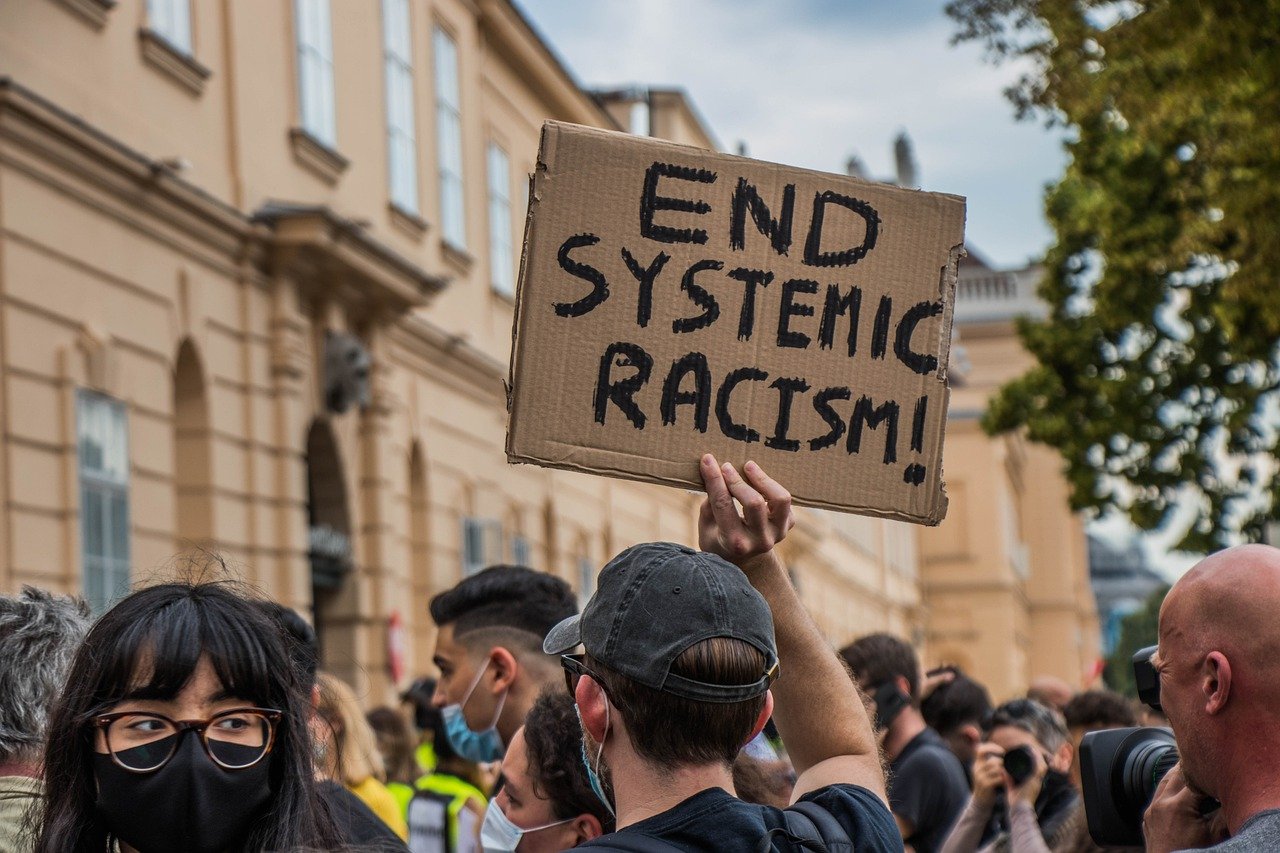The nation has watched aghast as, over and over again, police have killed or maimed unarmed persons of color. Each time, the police have acted with impunity under a quiescent criminal justice system. The charges filed against officers involved in the death of George Floyd are the exception, not the rule, and the charges just brought in Louisville don’t even refer to the police shooting of Breonna Taylor.
However, this abuse of African-Americans is even worse than you thought. It is almost a perfect mirror image of the violence inflicted on slaves in the antebellum South. Aside from the monstrosity of one person purporting to hold “title” to another, the salient attributes of slavery were twofold. First, slaves were subjected to physical violence on a frequently recurring, if not daily basis. Second, the maltreatment was perpetrated with impunity by slave-masters or other authority figures, even when their aggressiveness had fatal results. Indeed, the U.S. Supreme Court has decoded slavery’s true sine qua non as just such unpunished and unrelenting violence.
So it is quite accurate to say that the epidemic of violent policing in the Black community is a modern version of pre-Civil War slavery. Though calling the killing and maiming “slavery” does not change the physical nature of the transgressions one way or the other, it does bring home to us the full extent of their inherent evil. It also highlights the psychological harm produced by this slavery redux, i.e., utter degradation. It is no accident that, through the years, African-American protests have poignantly urged: “Black Lives Matter,” “I am Somebody,” “I am a Human Being,” and the like—assertions of personhood and autonomy that are the very antithesis of being slave “property.”
All of this has been occurring despite the Thirteenth Amendment to the Constitution, which outlawed slavery and involuntary servitude in 1865. But, the framers of the Thirteenth were not content to leave things there. They appear to have foreseen the possibility that slavery’s barbarity and entrenched racism would not easily be undone without government providing more immediate and pointed counterweights. For, beyond the Amendment’s prohibitions, the framers also added a provision empowering Congress to enact enforcement legislation.
The High Court subsequently interpreted this power to authorize congressional enactments against present-day slavery and all of its related “badges and incidents.” According to the Justices, the catchphrase is meant to encompass any modern discriminatory practices which were also once a regular part of antebellum slavery.
We urgently need a law, applicable across the country, restraining this racist police brutality and aiding its innocent victims. Congress can rely on the Thirteenth to do what no other constitutional provisions enable it to do: enact race-conscious remedies directly targeting this particular phenomenon without facing the danger of strict judicial scrutiny. These measures could and should include gearing police training toward repudiation of bigotry, instituting a system of reparations awardable to African-American victims or their surviving families, and limiting police use of force, e.g., forbidding the use of the chokeholds that figured so awfully in the deaths of George Floyd and Eric Garner. This is hardly an exhaustive or even the best list, but it is a good start.
Susan H. Bitensky is a Professor of Law at the Michigan State University College of Law. She specializes in constitutional law.
Suggested citation: Susan Bitensky, Slavery Redux, JURIST – Academic Commentary, October 7, 2020, https://www.jurist.org/commentary/2020/10/susan-bitensky-slavery-redux/.
This article was prepared for publication by Akshita Tiwary, JURIST’s Staff Editor. Please direct any questions or comments to her at commentary@jurist.org


